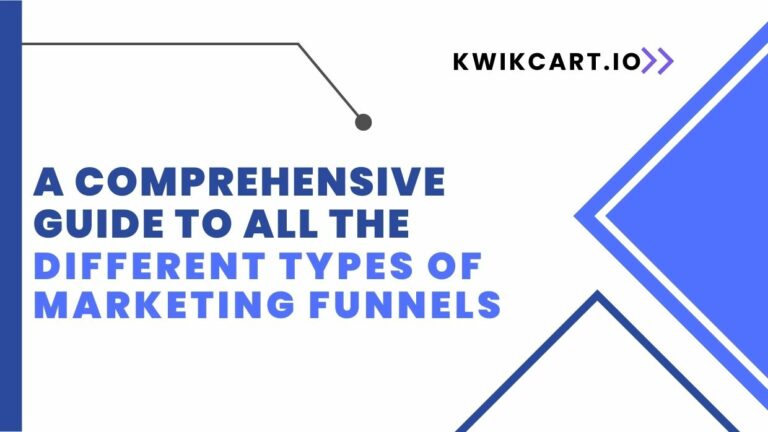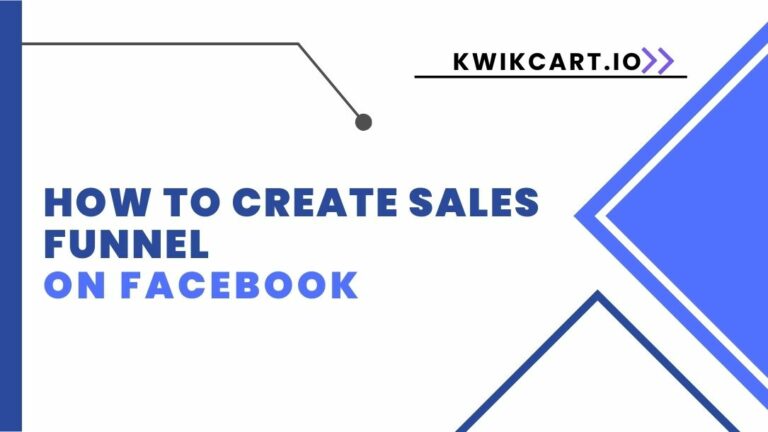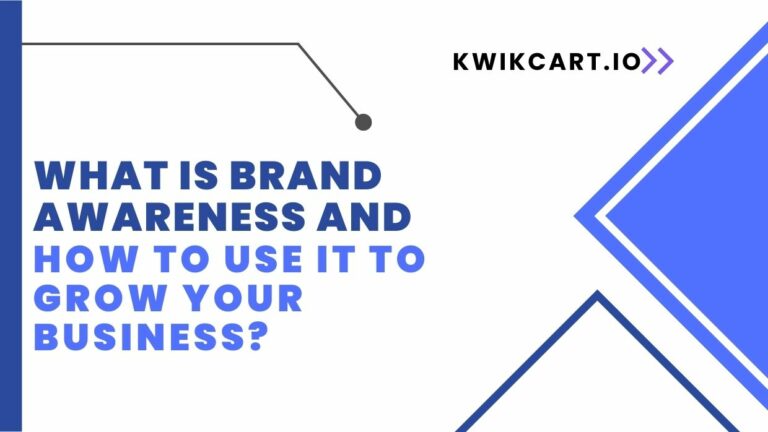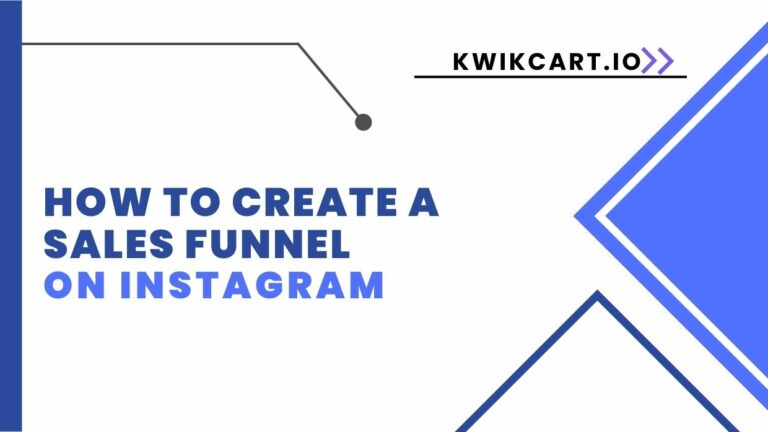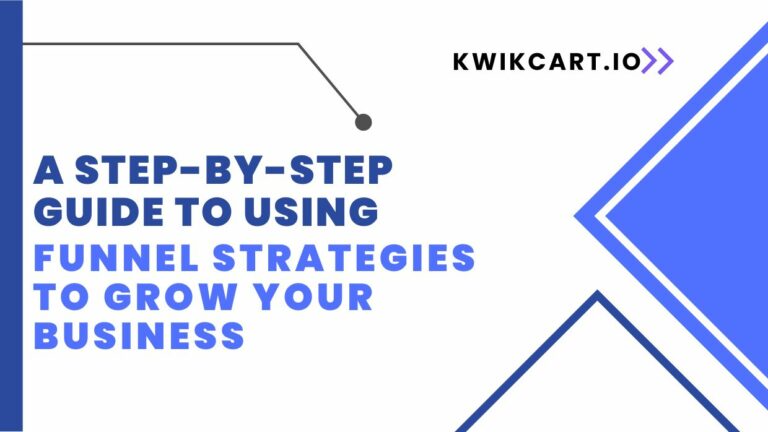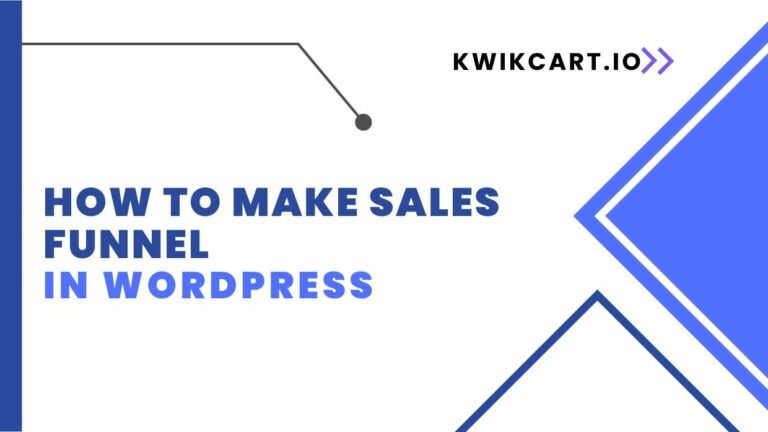Understanding The Funnel Stages In Business: A Comprehensive Guide For Marketers
Have you ever heard of the funnel stages in business? Understanding how they work can be a powerful tool for any marketer looking to get ahead in the world of digital marketing. This article will provide a comprehensive guide to Understanding The Funnel Stages In Business: A Comprehensive Guide For Marketers, from top-of-the-funnel opportunities to bottom-of-the-funnel tactics. Read on to find out more about how you can use this knowledge to optimize your digital marketing strategy!
What is the Funnel?
The Funnel is a framework that businesses use to track and measure progress toward their goals. The funnel stages are Awareness, Acquisition, Activation, Retention, Revenue, and Referral. Each stage has its own set of KPIs that businesses use to track progress.
The Funnel is a great way for businesses to measure their progress because it forces them to think about their goals in a more structured way. It also allows businesses to identify which stage they are struggling with and then take action to improve their performance.
If you’re a marketer, it’s important to understand the Funnel so that you can create campaigns that target each stage of the customer journey. By understanding the Funnel, you’ll be able to create more effective campaigns that lead to more conversions and higher ROI.
Understanding Funnels In Business: A Beginner’s Guide
Understanding the Funnel Stages

A business’s success depends on its ability to generate leads and convert them into customers. The process of generating leads and converting them into customers is known as the sales funnel. The sales funnel is divided into four stages: awareness, interest, decision, and action.
The awareness stage is the first stage of the sales funnel. During this stage, potential customers become aware of a problem or need that they have. They begin to search for solutions to their problem or need.
The interest stage is the second stage of the sales funnel. During this stage, potential customers learn more about the solutions to their problem or need. They also develop a preference for one solution over another.
The decision stage is the third stage of the sales funnel. During this stage, potential customers decide which solution to their problem or need is best for them. They also decide whether or not to make a purchase.
The action stage is the fourth and final stage of the sales funnel. During this stage, potential customers take action and make a purchase.
Awareness Stage
The first stage of the marketing funnel is Awareness. In this stage, potential customers become aware of a problem or need that they have. They may not be aware of your company or product yet, but they are aware that they need something to solve their problem.
To reach potential customers in the Awareness stage, you need to create content that educates them about their problem and its possible solutions. You want to create content that is relevant to their needs and helps them understand their options.
Your goal in the Awareness stage is to get potential customers interested in finding a solution to their problem. You want them to think about their options and start looking for more information. Once you have captured their attention, you can move them into the next stage of the marketing funnel.
Consideration Stage
The consideration stage is when potential customers are aware of their problems and are actively researching solutions. They are comparing different options and vendors to find the best fit for their needs.
During this stage, it’s important to provide helpful information that will educate your prospects and help them make an informed decision. This could include blog posts, eBooks, webinars, or even free trials.
Your goal is to position yourself as a trusted resource so that when they’re ready to make a purchase, they’ll think of you first.
Conversion Stage
The conversion stage is when a lead becomes a paying customer. In order to convert a lead, you must first generate interest and establish trust. Once you have done that, you can then make an offer that is too good to refuse.
To generate interest, you need to create content that is relevant to your target audience. This content should educate them on your product or service and help them understand why they need it.
To establish trust, you need to be transparent about who you are and what you do. You also need to build up your credibility by creating social proof. This can be in the form of testimonials, case studies, or even just positive reviews.
Once you have done all of this, you can then make an offer that your leads can’t resist. This offer should be something that provides value and solves a problem for your target audience. If it’s something they need, they will be more likely to convert into paying customers.
Retention Stage
The final stage of the marketing funnel is the retention stage. This is when a customer becomes a lifelong fan and advocate for your brand. It’s important to keep in mind that the goal of marketing is not just to make a sale, but to create long-term relationships with customers.
There are a few key things you can do to nurture relationships with customers during the retention stage:
- Continue providing value: Even after a customer has made a purchase, continue giving them valuable content and offers. This could be in the form of helpful blog posts, exclusive deals, or early access to new products.
- Make it easy to stay in touch: Make sure your contact information is easy to find and that customers know how they can reach you if they have any questions or problems.
- Say thank you: A simple “thank you” goes a long way in making customers feel appreciated. Show your gratitude by sending personal notes, offering discounts, or throwing in some extra goodies with their next purchase.
Optimizing the Funnel Stages
There are four key stages to the marketing funnel: awareness, interest, decision, and action. To optimize each stage of the funnel, marketers need to understand what motivates customers at each stage and create content that speaks to those needs.
Awareness: The first stage of the funnel is awareness, where customers are becoming aware of a problem or need that they have. To reach customers in this stage, marketers should create content that helps them understand their problem or need. This could include blog posts, infographics, or eBooks that educate customers on a particular topic.
Interest: In the second stage of the funnel, customers are beginning to take an interest in solutions to their problem or need. They may be researching different options or products and comparing them to find the best fit for their needs. To reach these customers, marketers should create content that highlights the features and benefits of their product or service. This could include case studies, product comparisons, or demo videos.
Decision: In the third stage of the funnel, customers are ready to make a purchase decision. They may be considering different options and looking for more information about pricing and availability. To reach these customers, marketers should create content that helps them compare different products or services and make informed decisions. This could include buying guides, price comparisons, or coupon codes.
Action: In the fourth and final stage of the funnel, customers are ready to take action and purchase a product or service. At this stage, marketers should create content that helps customers complete the purchase process. This could include product reviews, customer testimonials, or a contact form to ask any questions they may have before making the purchase.
By optimizing each stage of the funnel, marketers can ensure that customers are receiving the information and resources they need to make an informed decision and take action.
Techniques for Each Funnel Stage
A marketing funnel is a key tool for understanding the customer journey. By mapping out the steps that customers take on their way to becoming conversions, businesses can develop targeted strategies for each stage of the funnel.
There are four main stages of the marketing funnel:
Awareness: During the awareness stage, potential customers become aware of your product or service. They may not be familiar with your brand yet, but they are interested in solving the problem that your product or service addresses.
Interest: Once customers are aware of your product or service, they enter the interest stage. At this point, they are considering whether or not your offering is right for them. They compare your solution to other options and evaluate whether it’s worth their time and money.
Consideration: In the consideration stage, customers are ready to make a purchase but they want to be sure they are making the best decision. They do more research, read reviews, and compare pricing. At this point, you need to provide them with enough information to make an informed decision.
Decision: Finally, customers reach the decision stage and decide whether or not to buy your product or service. If they choose to purchase from you, congratulations! You’ve successfully guided them through the marketing funnel.
Examples of Successful Funnels
There are four main stages of a successful funnel: awareness, interest, decision, and action. Each stage has its own set of challenges and objectives that must be met in order for the customer to move on to the next stage.
Awareness: The customer must be made aware of your product or service. This can be done through various marketing channels such as advertising, public relations, or content marketing.
Interest: Once the customer is aware of your product or service, they must then be interested in it. This can be done by providing more information about the product or service, showcasing its benefits, or offering a free trial or demonstration.
Decision: The customer must then make a decision about whether to purchase your product or service. This can be influenced by factors such as price, reviews from other customers, or perceived risks.
Action: Finally, the customer must take action and purchase your product or service. This stage can be helped along by providing a smooth and easy purchase process, clear instructions on how to use the product or service, and follow-up support after the purchase is made.
A Step-By-Step Guide To Using Funnel Strategies To Grow Your Business
Conclusion
The funnel stages in business are essential to understanding how potential customers interact with a brand. By having a strong grasp of the different stages, marketers can create the right content and campaigns that will move prospects through the funnel and eventually turn them into loyal customers. With these tips in mind, you should be able to make sure your marketing efforts are successful and yield great results for your company.


